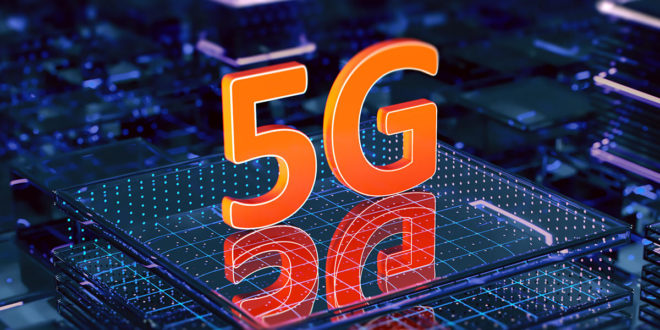By Oyegoke Oyebamijo Iletogun
Beyond international politics and power play, emerging Fifth Generation (5G) network is driven by diminishing returns of the incumbent 4G and 4.5G (LTE) functionalities.
More than ever before, mobile communications now required a sophisticated facility that guarantees efficient connectivity for new communications such as automotive communications, remote control with haptic style feedback, huge video downloads, as well as the very low data rate applications like remote sensors and what is being termed the IoT, Internet of Things.
The emerging 5G technology is not just an upgrade from 1G to 2G, 3G, 4G, but the newest technological experience that promises global integration below a level of village, offering high speed, enormous capacity, IoT capability, low latency and much more it provides the bearer for many new applications.
The 5G network promises to provide ultra-low latency, reliability increased availability and massive network capacity among others.
A state-of-the-art feature of 5G network lies in its design to flexibly support future services that are unknown today. Also the main evolution compared with today’s 4G and 4.5G is that, beyond data speed improvements, new IoT (internet of things) and critical communication will require a new level of improved performance.
HOW FAST IS 5G?
The 5G can also deliver much lower latency for a more immediate response and can provide an overall more uniform user experience so that the data rates stay consistently high—even when users are moving around.
The 5G is more than just how fast it is. In addition to higher peak data rates, 5G is designed to provide much more network capacity by expanding into new spectrum, such as mm Wave.
HOW DOES IT WORK
Like other cellular networks, 5G networks use a system of cell sites that divide their territory into sectors and send encoded data through radio waves. Each cell site must be connected to a network backbone, whether through a wired or wireless backhaul connection.
The 5G networks use a type of encoding called OFDM, which is similar to the encoding that 4G LTE uses. The air interface is designed for much lower latency and greater flexibility than LTE, though.
The 5G will not only deliver faster, better mobile broadband services compared to 4G LTE, but it will also expand into new service areas, such as mission-critical communications and connecting the massive IoT. This is enabled by many new 5G NR air interface design techniques, such as a new self-contained TDD sub frame design.
 The Commerce Africa African Reneissance
The Commerce Africa African Reneissance




